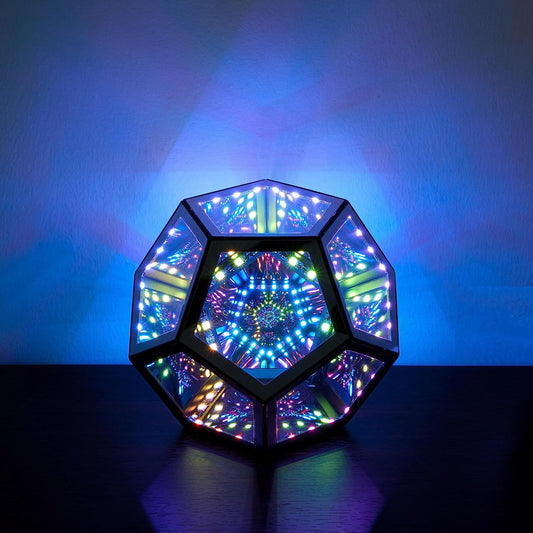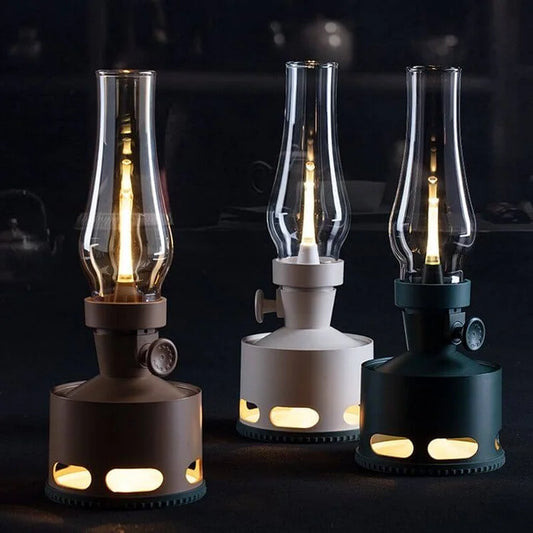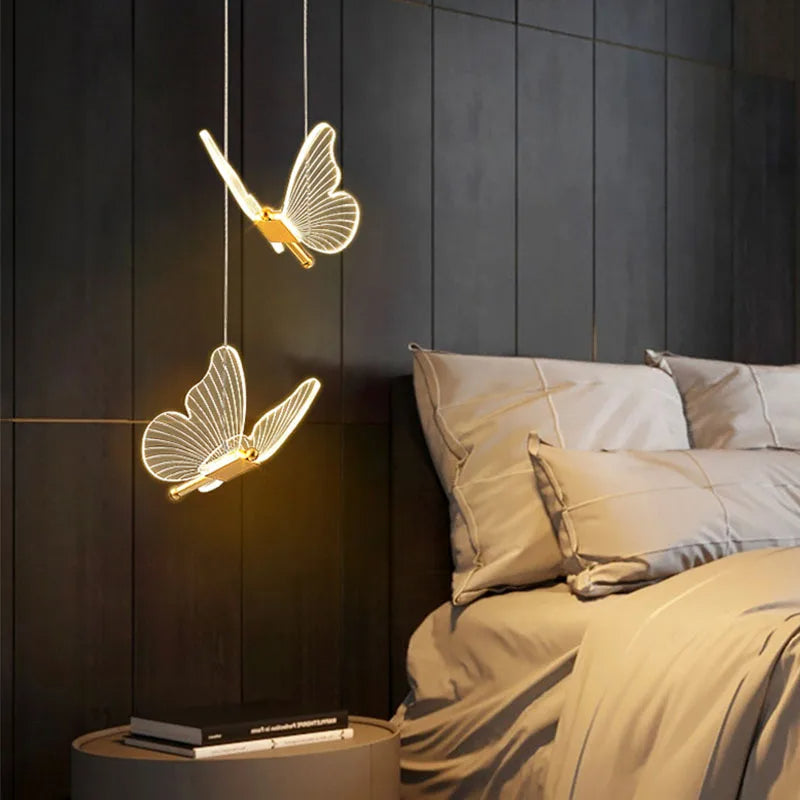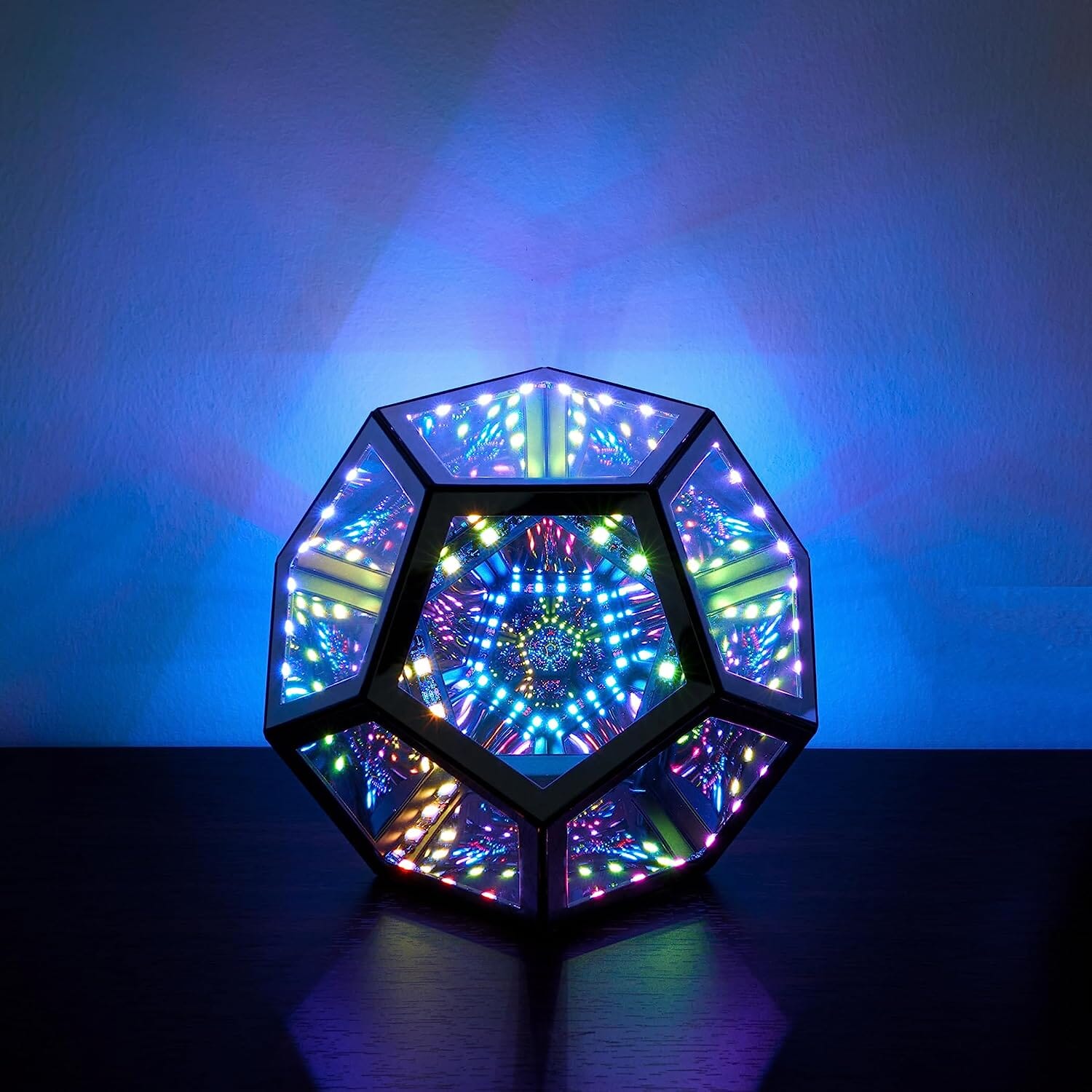If you don't have a spacious outdoor garden to putter around you can bring in the green by cultivating an indoor garden, sometimes called a container garden if you have a small deck or a patio or a rooftop plot.
Container gardens look fabulous and are perfect for those limited to a balcony or a small yard. Depending on the size of the container, you can plant armfuls of colorful flowers or grow veggies and herbs in these pots.
There are known health benefits to gardening, even indoor gardening. Alas, plants won't cure coronavirus but they can improve your mental health and that's something if you're going nuts cooped up with the kids, the dogs and a sniffling spouse.
Gardening is a great stress reliever, which most of us can use now more than ever. Just 30 minutes of gardening lowers cortisol hormones, the fight-or-flight response."
Plants can remove allergens and produce oxygen in a room.
Here are some tips for indoor or urban gardeners provided by these experts:
1. Get a seed-starter kit
Tender plants, including tomatoes, basil and peppers, or flowers such as marigolds, moon vine and salvia, can be started indoors and planted outdoors in pots or window boxes later in the spring.You can use a seed starting mix, plant the seeds in trays or small pots, and place them in the sunniest area possible and keep them moist.
You can buy the seeds, add water on the soil, it blows up and you put in the seeds, and then mark each section and close the lid. Put it in a sunny window. Within days they start growing.

2. Go for easy-to-grow plants
Some indoor plants need almost no care at all.
A snake plant, also known as the "Mother-in-Law's Tongue," has air-cleaning properties according to recent studies, needs little light and "it's just plain hard to kill."
A kalanchoe is a beautiful succulent that doesn’t need much water to thrive, he says, and a jade plant might be the best plant for “brown thumbs” because it’s beautiful and tough enough to thrive on neglect.
3. Grow vegetable scraps
Kids might like this one: Many leafy vegetables such as romaine lettuce and bok choy will regrow from the parts you don't eat. Just cut off 1-2 inches at the base, put it aside (cut side up) in a bowl or shallow saucer filled with about a ½ inch of water. Place it in a sunny spot and watch the roots start to grow, then transplant it into soil in a pot.

4. Grow a vegetable garden
If you're feeling a yen for tomatoes and you've got a sunny patio or balcony, self-watering growing containers, such as City Jungle from Bio Green, make it easy to grow two full-sized tomato plants or whatever vegetables and herbs you choose. The built-in water reservoir automatically keeps plants watered.
5. Grow flowering plants
Many flowering plants are easy to grow. African violets thrive in bright, indirect sunlight. Abutilon "Little Sunshine" plants is a good choice for a sunny windowsill and they're pretty. Sunshine-yellow flowers with a blush of morning-orange on the inner petals bloom year-round.

6. Add new houseplants
Greening up one's home is increasingly popular among new and experienced gardeners, but you need to analyze the environmental conditions of your abode. Do you have enough sunlight?
We can easily manage (air, water and nutrients) but sun often becomes the limiting factor.Accurately defining the lighting conditions in your home and the sun requirements of the plants you choose can be the key to success."
Grow lights, which offer the full spectrum of light plants need, can help if your home has low-light conditions. LED lights are very efficient, long-lasting and do not use hazardous glass or chemicals. Place the grow lights close to the plants and leave them on for 12 to 16 hours per day.
Research what kind of light your houseplants need: For instance,cacti, succulents and Ficus require three to four hours of direct sun each day, bright enough to cast a shadow and to read a newspaper. Low, indirect light is best for plants such as pothos and Chinese evergreens.
These areas may be further away from a window or where sunlight is blocked by trees or buildings.
7. Dust and fertilize house plants
Don't forget fertilizer. You can add fertilizer to water or use fertilizer encased in a resin coating and placed in the soil where it will be slowly released to the plant over several months.
P.S. Spice up your home with our HANDMADE MOSAIC TABLE LAMP, now 42% Off!











